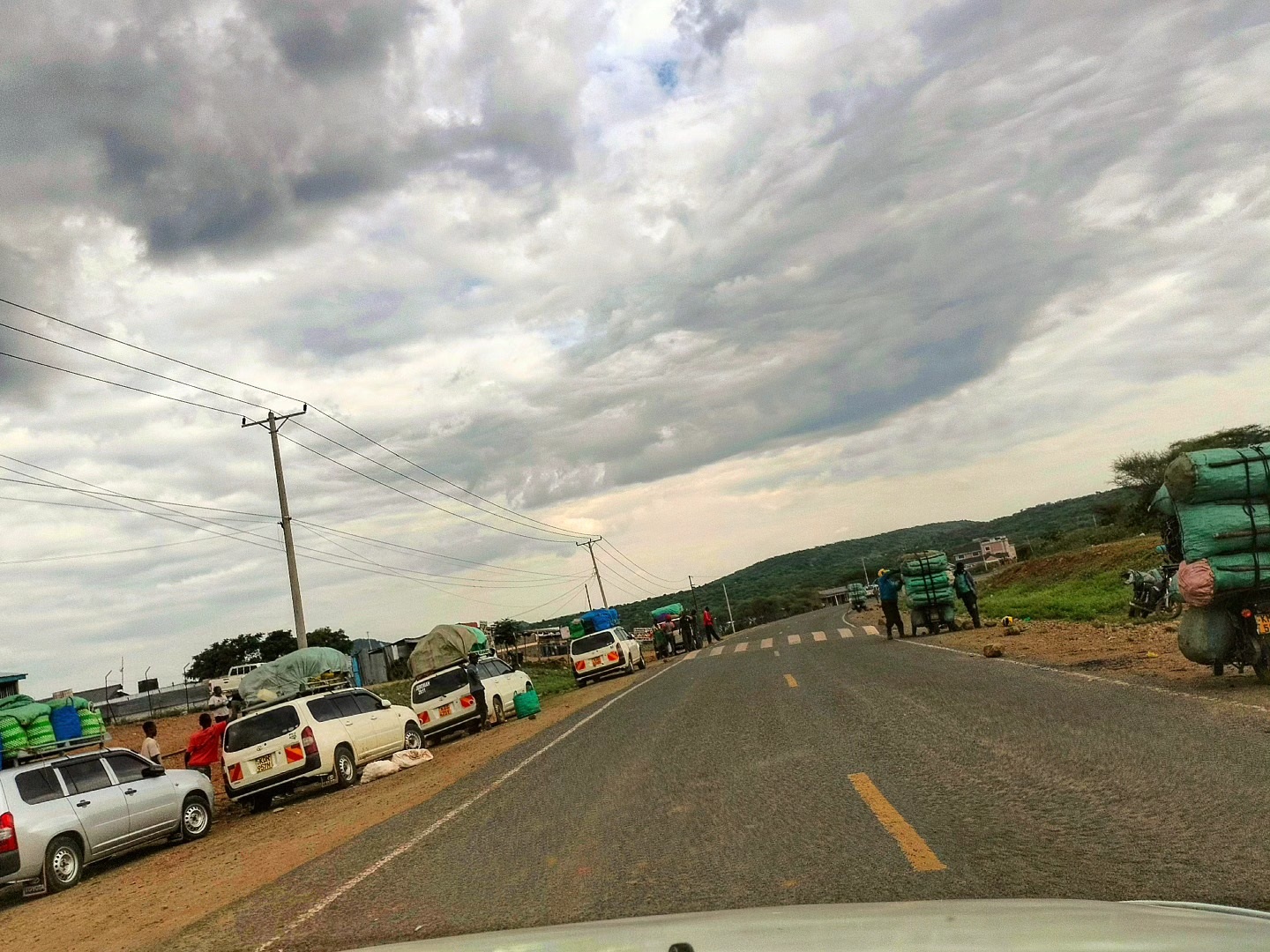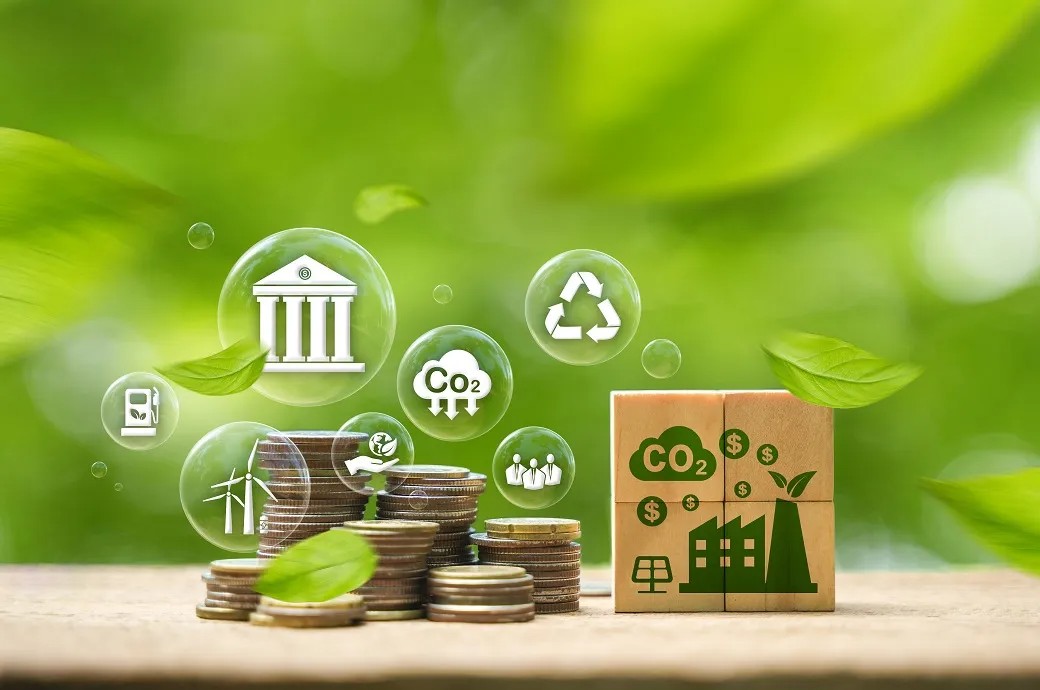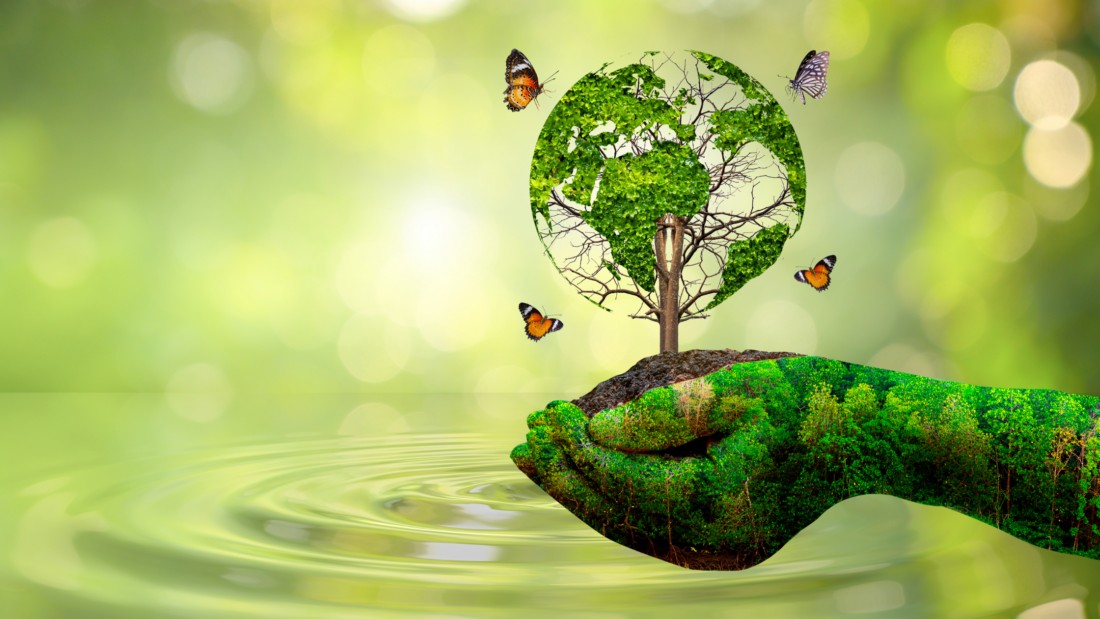- This bustling trade—charcoal at KES650 ($5) per bag and a Probox-load of tomatoes fetching KES65,000 ($500)—is the lifeblood of Marigat’s economy.
- But beneath the surface of this lucrative enterprise lies a story of environmental peril, human cost, and a community at a crossroads.
In the semi-arid heart of Marigat, Baringo County, the sun beats down on a landscape of stark contrasts. On one side, motorcycles roar past, each laden with at least five sacks of charcoal, kicking up dust as they head toward Nakuru, Nairobi, and Eldoret.
On the other hand, Toyota Probox vehicles groan under the weight of crates brimming with vibrant red tomatoes, destined for markets in Western and Southern Kenya.
This bustling trade—charcoal at KES650 ($5) per bag and a Probox-load of tomatoes fetching KES65,000 ($500)—is the lifeblood of Marigat’s economy.
But beneath the surface of this lucrative enterprise lies a story of environmental peril, human cost, and a community at a crossroads.
Marigat, located in Baringo South Constituency has long been a hub of resilience in Kenya’s arid and semi-arid lands (ASAL). Here, the economy hinges on two pillars: charcoal burning and tomato farming.
Read More
A casual observer might marvel at the sheer volume of goods leaving the region—charcoal sacks departing every minute on boda bodas, and tomatoes packed tightly into vehicles, their value tripling to about KES195,000 ($1,500) by the time they reach distant markets.
But for those who look closer, the prosperity comes at a steep price. The environmental toll of these industries is mounting, and the long-term consequences for Marigat’s ecosystem and its people are alarming.
The Charcoal Conundrum: A Forest Under Siege
Charcoal burning in Marigat has surged in recent years, fueled by the government’s push to eradicate Prosopis juliflora, locally known as Mathenge.
Introduced in the 1980s to combat desertification, this invasive species was once hailed as a savior for its ability to thrive in harsh conditions and provide forest cover in a region where bare land dominated.
But Prosopis quickly became a menace, outcompeting native vegetation, poisoning livestock with its sugary pods, and blocking waterways, exacerbating floods. Its thorns have injured countless residents, like 89-year-old Kabon Ngochila from Silinyo village, who lost sight in one eye after a prick in 2020.
The government’s solution—encouraging locals to harvest Prosopis for charcoal—seemed like a win-win. It offered a way to control the weed while providing income in a region where over 239,000 people faced food insecurity in 2019.
Ben Rotich, a member of the Salabani Charcoal Producers Association, manages two kilns that produce 200 bags of charcoal every three weeks. “It’s a living,” he says, his hands blackened from years of labor.
“A bag sells for $5 here, but in Nairobi, it can fetch $23. We’re clearing the weeds and feeding our families.”
But the numbers tell a grim story. In 2022, experts estimated that 18,000 trees were destroyed monthly in Baringo for charcoal, 216,000 annually in a county already teetering on the brink of a climate crisis.
While Prosopis is the primary target, the relentless demand for charcoal has led burners to fell indigenous trees like acacia, which are slower to regenerate.
Philomena Ruto, a Marigat resident, laments the loss: “Every tree cut releases carbon dioxide, worsening global warming.
We’re seeing less rainfall already.” Indeed, studies from 2013 to 2022 show that rainfall in Marigat fluctuates wildly, dropping as low as 58.7 mm in 1986 and rarely exceeding 104.3 mm annually, far below what’s needed to sustain the region’s fragile ecosystem.
The environmental impact is stark. Vast swathes of land lie barren, stripped of vegetation. Water points have dried up, and wildlife, like ostriches, now invade human habitats in search of food.
The Kenya Forest Service (KFS) has been accused of turning a blind eye, with locals alleging that boda boda riders pay bribes to transport charcoal unhindered.
County leadership, led by Governor Benjamin Cheboi, has called for stricter enforcement, warning that unchecked charcoal burning could lead to desertification and the drying up of rivers and springs.
Tomato Farming: A Chemical Legacy
On the agricultural front, Marigat’s tomato farms, domiciled in the expansive Perkerra Irrigation Scheme, are a lifeline for many. The region’s proximity to Lake Baringo, fed by three rivers, makes it ideal for farming despite its semi-arid climate.
Jane Parsalach, a farmer in Ndao village in Ilchamus Ward, switched from pastoralism to growing tomatoes after losing goats to Prosopis.
“Farming gives us food and money,” she says, gesturing to a crate of tomatoes ready for market. A single Probox-load, valued at KES65,000 locally, can fetch three times that amount in Nairobi, Kisumu, Eldoret, or Kakamega, incentivizing farmers to expand production.
But this boom comes with a hidden cost: the heavy use of agrochemicals. To meet market demand and combat pests in Marigat’s harsh climate, farmers rely on pesticides and fertilizers that are often applied without proper protective gear or regulation.
These chemicals degrade the soil, reducing its fertility over time, and disrupt the ecosystem, harming pollinators like bees and contaminating water sources.
A 2017 study in Baringo found that agricultural runoff from farms contributed to the decline of fish populations in Lake Baringo, with fishermen reporting deformed fish, some without eyes, likely due to chemical pollution.
The health risks are equally concerning. Farmers handling these agrochemicals face respiratory issues, skin irritations, and long-term exposure risks, while consumers of Marigat’s tomatoes may ingest pesticide residues.
A 2022 report by the Kenya Agricultural Research Institute (KARI) warned that excessive pesticide use in ASAL regions like Baringo could lead to chronic health issues, including cancer, if not addressed. Yet, the allure of profit keeps farmers tethered to these practices.
“We know the chemicals are harmful, but without them, our crops fail, and we lose everything,” admits Parsalach.
Economic Gains, A Middleman’s Jackpot, Environmental Losses
The economic benefits of charcoal and tomato farming are undeniable. The County Revenue Department reports that these industries generate millions of shillings annually, though exact figures remain elusive due to the informal nature of the trade.
Middlemen and retailers in Nakuru and Western Kenya reap the lion’s share, often tripling their investment, while farmers and charcoal burners see only a fraction of the profits.
A bag of charcoal might earn a burner KES650, but after paying for labor and bribes, their take-home is often less than KES400. Similarly, tomato farmers lose out to brokers who control pricing and transport.
But the environmental cost far outweighs these short-term gains. The charcoal trade is accelerating deforestation, with Prosopis—once a key part of Baringo’s forest cover—being decimated faster than it can regenerate.
This contributes to climate change, as felled trees release stored carbon, and the loss of vegetation reduces rainfall, exacerbating droughts.
A 2013 study on climate variability in Marigat found that temperature increases and erratic rainfall have already reduced livestock and crop yields, threatening food security.
Tomato farming, meanwhile, is poisoning the land and water. The chemicals used not only harm the ecosystem but also undermine the long-term viability of agriculture in Marigat.
As soil fertility declines, farmers will need more inputs to maintain yields, creating a vicious cycle of dependency and degradation. The health risks to both farmers and consumers add another layer of concern, raising questions about the sustainability of this agricultural boom.
The Way Forward
Marigat stands at a pivotal moment. The Rhino Charge 2025, hosted in Saimo Soi, Baringo North Constituency for the second time in five years, has brought renewed attention to the region’s environmental challenges.
The event’s introduction of an electric car, Car No. 29, underscores the need for sustainable practices in a county battered by climate change. Baringo’s Climate Change Action Plan (2022-2027) aims to promote renewable energy and catchment restoration, but implementation has been slow, and charcoal burners and farmers need viable alternatives now.
The County Government should step in—not just with policies but with action. Agroforestry training, sustainable irrigation, farmer education, and a regulated charcoal economy are urgent needs. Transparent revenue reporting and equitable redistribution could help lift Marigat out of environmental decay.
Until then, the ash from felled trees and the acidity of overworked soil will continue to stain the hands that feed Kenya.
Komen S.K. is a student at Kabarak University pursuing a Postgraduate Diploma in Mass Communication.




-1753862450.jpg)

